Story starters – Effective ideas & resources for creative writing
It is a truth universally acknowledged that a great story needs to get off to a good start. While we might not expect a primary school child to write at the standard of Jane Austen, there is no reason why we can’t try to get them into good habits from an early age, explains primary teacher Sue Drury…
Helping children with their writing skills can sometimes feel like there is too much emphasis on technicalities such as grammar.
Considering the power of an effective opening sentence is a chance to focus on the effect of their writing and address those objectives linked to awareness of the audience.
After all, what could show more awareness of an audience than having thought carefully of a way to grab the reader’s attention right from the start?
Good story starters for kids
Really and truly, any piece of writing needs to get off to a good start. However, most non-fiction genres have a fairly established way in, whether it’s a general introductory statement for an information text or answering the five Ws – what, what, why, where and when – in a news report.
In narrative writing, however, there is definitely more licence to be creative. The emphasis on good story starters is the effect they have on the reader, rather than the vehicle itself.
Nevertheless, there are definitely some techniques that have stood the test of time, so it’s well worth sharing some of these with your class, and planning writing activities around them. Are you familiar with all the following approaches?
Planning your sentence starter into your story
As with any form of writing, effective planning is key. For wonderful stories, this will obviously cover all the important elements such as the build-up, the problem, the climax and so on.
It is also important for the author to have a clear idea of the chronology – our Timing a Plot worksheet resource pack for effective story planning can help here.
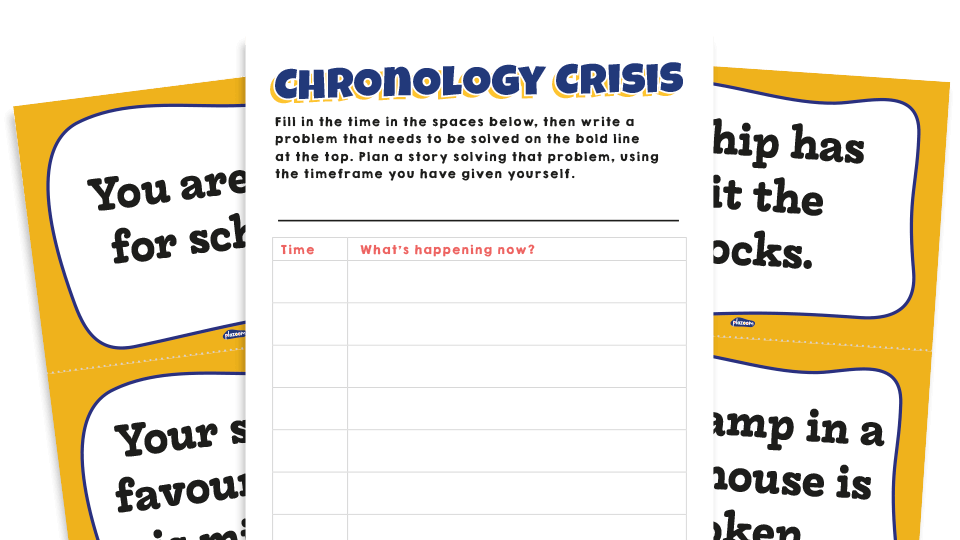
Help KS1 pupils build strong storytelling skills with our KS1 Storytelling Cards, combining characters, settings, problems and sentence starters in one fun, interactive pack.
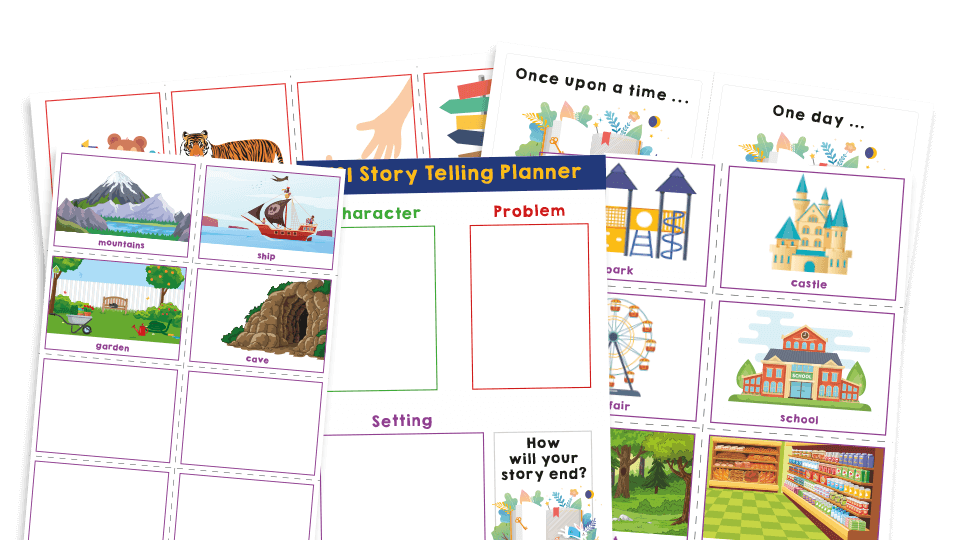
There is no reason why the opening sentence can’t feature in the planning process. After all, effective story openers often have some hint or foreshadowing about what is to come, no matter how obscure it might be.
Good sentence starters for a story
Probably the most frequently used opening gambits comprise one of the following:
- statement
- question
- character description
We will look at each of these in greater depth below, but it’s good to know that you can keep these very much at the forefront of your pupils’ minds by displaying our story starter posters. We also have sentence openers posters for creative writing inspiration
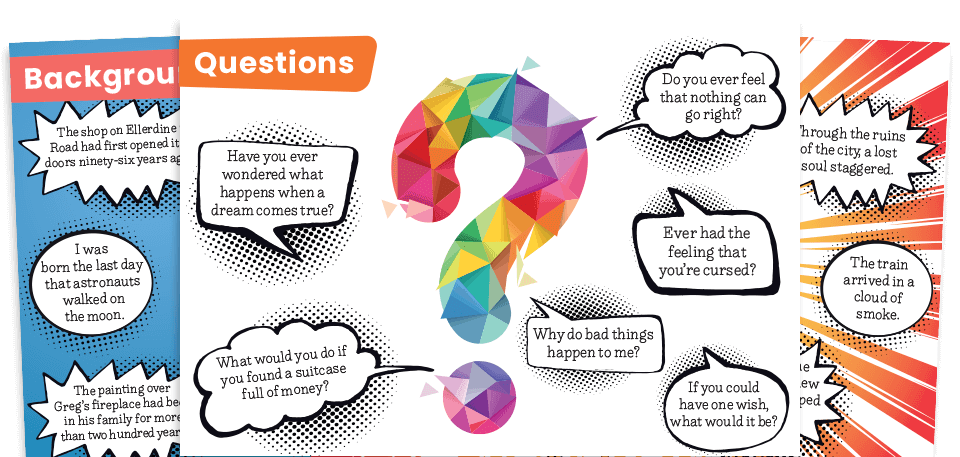
Statements as story starters
The simple statement might seem like an easy way to start a story but, really, there is nothing simple about a good opening statement. Austen’s universally acknowledged truth is the perfect example, but there are plenty to be found in children’s literature too.
For example, Stig of the Dump by Clive King opens with:
“If you went too near the edge of the chalk-pit the ground would give way.”
Straight away, you know that someone is going to do precisely that and the adventure will start as a result. Furthermore, you can guess that the chalk-pit is likely to be a place of great significance.
Even so, that simple sentence does not make the mistake of trying to summarise the whole plot – it just sets it up. It might be worth sharing other examples with your class to help them appreciate the benefit of the well-phrased statement as a story opener.
Questions as story openers
Nothing draws the reader into a narrative better than a question. The thing about questions is that they demand an answer. You can’t help it. Even if you don’t know the answer, you want to guess or you want to know – typically both.
Of course, you have to ask the right question when using one to start a narrative – one that intrigues or even shocks. This example from Charlotte’s Web by EB White is about as good as it gets:
“Where’s Papa going with that ax?”
Our Write Now! collection of fun writing prompts, from author Hayley Scott, includes plenty of ideas for questions to get the reader interested and excited.
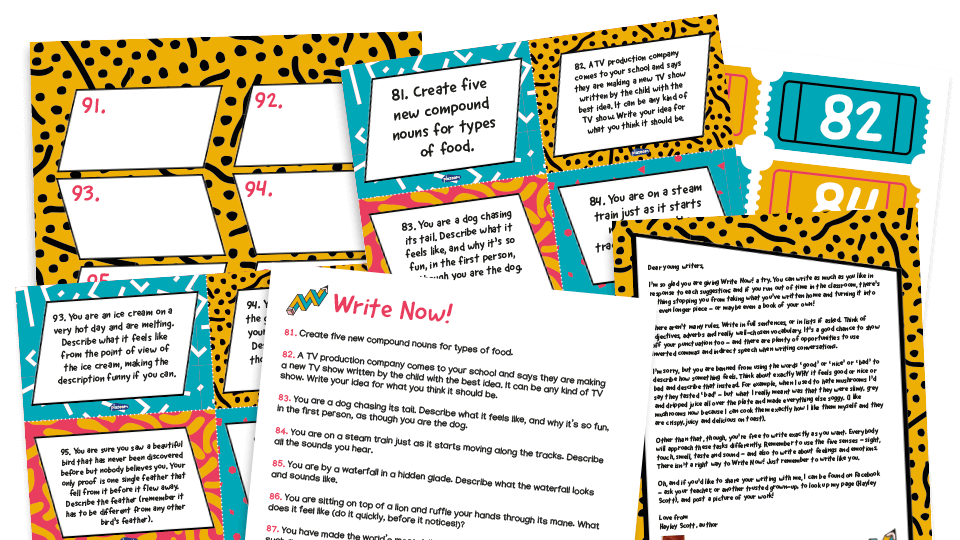
Character description story starters
Characters are one of the great currencies of narrative writing, so it makes sense for a writer to invest in them. What better way than to open than with a thorough description of one of the main characters?
Indeed, Roald Dahl dedicated much of the first chapter of Charlie and the Chocolate Factory to a description of the entire Bucket household.
JK Rowling, on the other hand, started the entire Harry Potter series by describing Harry’s uncle and aunt:
“Mr and Mrs Dursley, of number four Privet Drive, were proud to say that they were perfectly normal, thank you very much.”
In so doing, Rowling confirmed that everything that would happen thereafter was going to be anything but normal.
Make sure that your class appreciates that using character description as a story opener depends not just on the characters chosen, but the specific characteristics highlighted at this early stage.
KS2 story starters
Having learned the ropes, give your pupils plenty of opportunity to practise. At the top of this page you can browse a range of story starter teaching sequences that provide everything you need to help your class build towards writing a short story of their own, and perhaps take some of the anxiety of writing away for your more reluctant writers.
Encourage critical thinking and experimentation with our Sentence Starters Challenge Mat, where pupils test, compare, and explain the impact of different sentence openers.
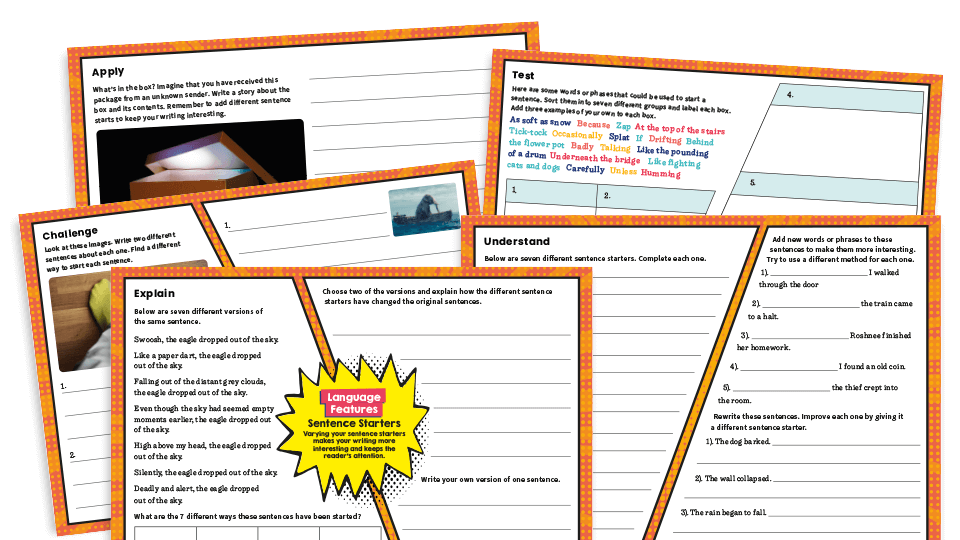
Learn from the story writing experts
There’s nothing like hearing from someone who has “been there, done that” to guide and inspire. If you manage to lure an established author into your school, well done you!
If you’re struggling, however, while you’re waiting for them to reply to your emails, you could try our Author in your Classroom podcast and resources.
These guarantee a quality experience by sharing advice and tips from real people, who also happen to be successful published children’s authors, such as
- Cressida Cowell
- Michael Rosen
- Jacqueline Wilson
There's also thoughtfully prepared teaching materials. The emphasis is very much on writing for pleasure, as well as a fascinating delve into what the writing process looks like for a professional.
Once upon a time you would have had to search around for teaching resources like these. Now you can find them all in one place – what you might call a happy ending.
Sue Drury qualified as a primary teacher in 1999. Teaching pupils from Year 1 to Year 8, she has held a variety of positions including maths and English subject leader, year leader, and assistant headteacher. Sue has mentored students and NQTs, offering guidance and advice using her years of experience. She created many of Plazoom's literacy resources.